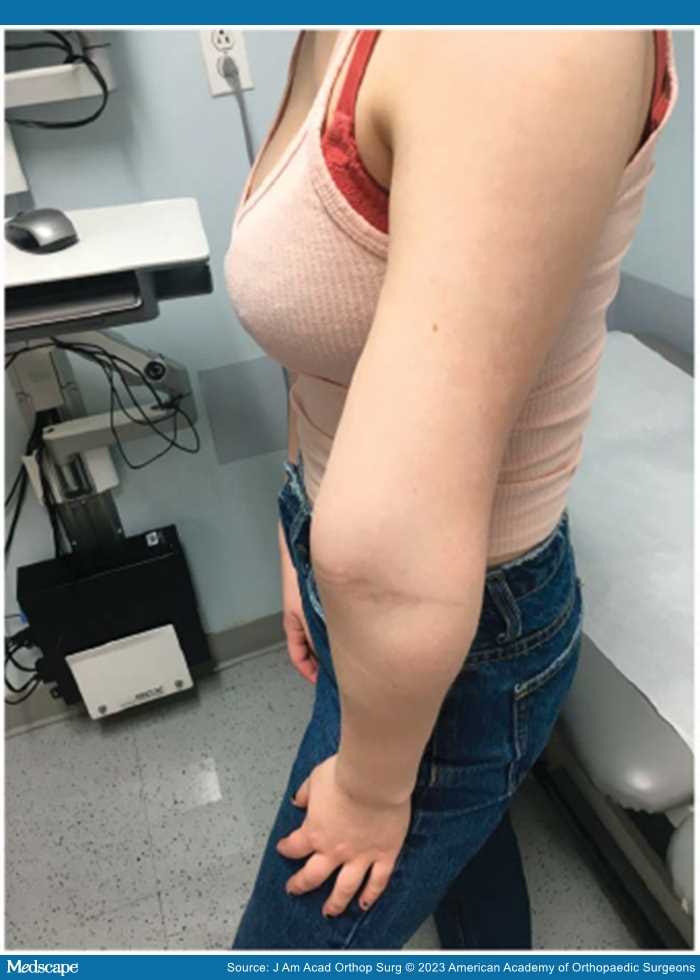Abstract and Introduction
Abstract
Multidirectional instability of the shoulder can result from underlying atraumatic laxity, from repetitive microtrauma, or from a traumatic injury and often occurs in association with generalized ligamentous laxity or underlying connective tissue disorders. It is critical to differentiate multidirectional instability from unidirectional instability with or without generalized laxity to maximize treatment success. Although rehabilitation is still considered the primary treatment method for this condition, surgical treatment in the form of open inferior capsular shift or arthroscopic pancapsulolabral plication is indicated if conservative treatment fails. Recent biomechanical and clinical research has shown that there is still room for improvement in the treatment methods offered to this specific patient cohort. Potential treatment options, such as various methods to improve cross-linking of native collagen tissue, electric muscle stimulation to retrain the abnormally functioning dynamic stabilizers of the shoulder, and alternative surgical techniques such as coracohumeral ligament reconstruction and bone-based augmentation procedures, are brought forth in this article as potential avenues to explore in the future.
Introduction
The landmark study in 1980 by Neer and Foster[1] focused attention on the clinical management of multidirectional instability (MDI) of the shoulder with their description of the open inferior capsular shift on 36 patients. Despite numerous publications on this condition, standardized criteria for MDI are still not clear because Neer defined MDI as anterior and posterior shoulder instability with symptomatic subluxation or dislocation and involuntary inferior subluxation, whereas others have described MDI as instability in two or three directions with more recent descriptions requiring that one of the directions be inferior.[1–5] MDI often occurs in tandem with generalized ligamentous laxity and can also occur in the setting of congenital connective tissue disorders such as Ehlers-Danlos (Figure 1) and Marfan syndrome or be due to repetitive microtrauma seen in overhead athletes such as swimmers, throwers, and gymnasts. Less commonly, it can also occur because of a traumatic injury. Regardless of the etiology, it is critical to distinguish between MDI and unidirectional traumatic anterior or posterior shoulder instability because many surgical techniques for unidirectional shoulder instability do not address the pathology in MDI and can lead to early treatment failure and recurrent instability of the shoulder.
Figure 1.
Elbow recurvatum in a patient with Ehlers-Danlos syndrome.
J Am Acad Orthop Surg. 2023;31(16):871-880. © 2023 American Academy of Orthopaedic Surgeons









